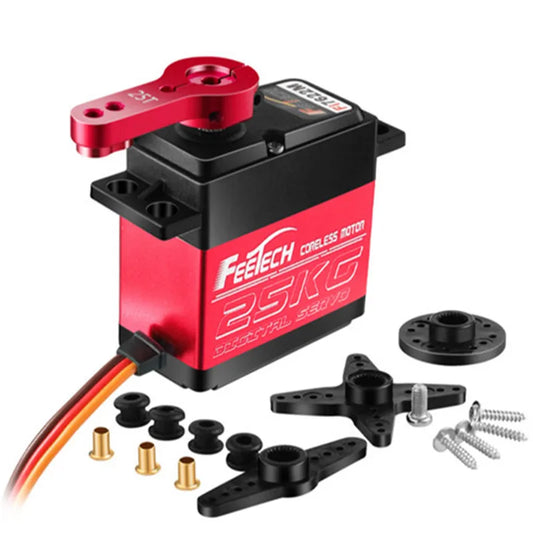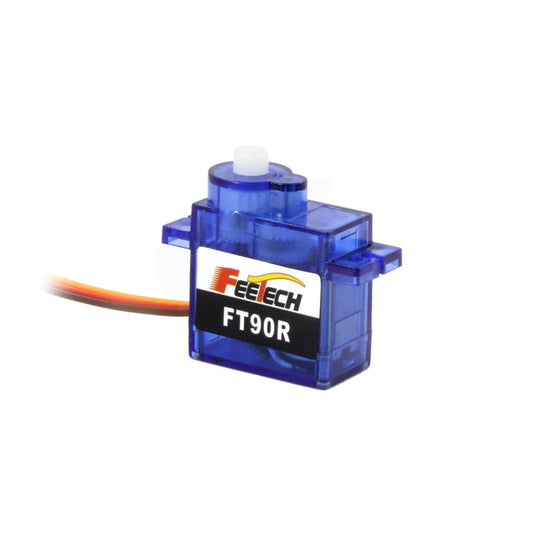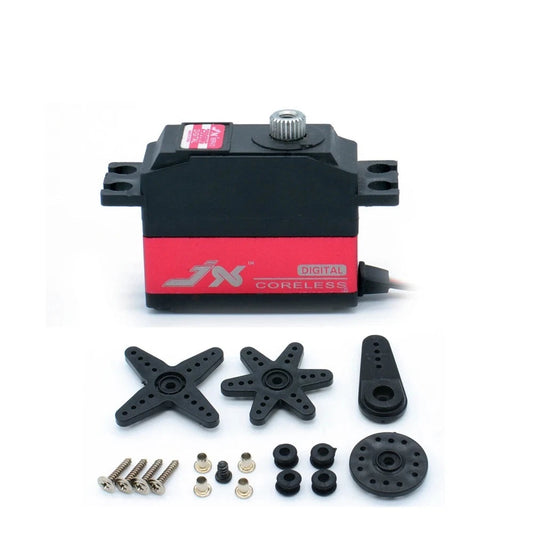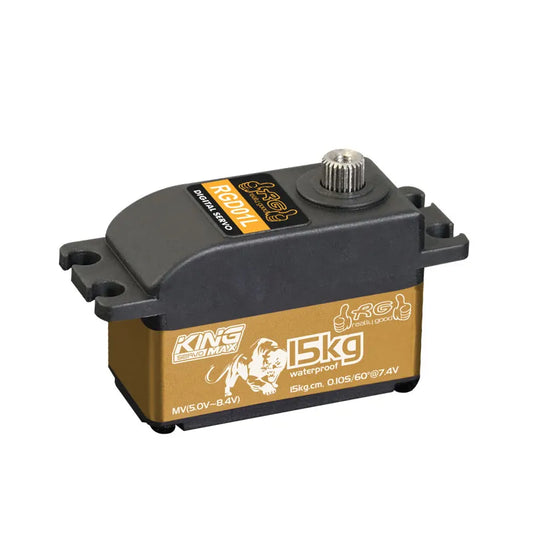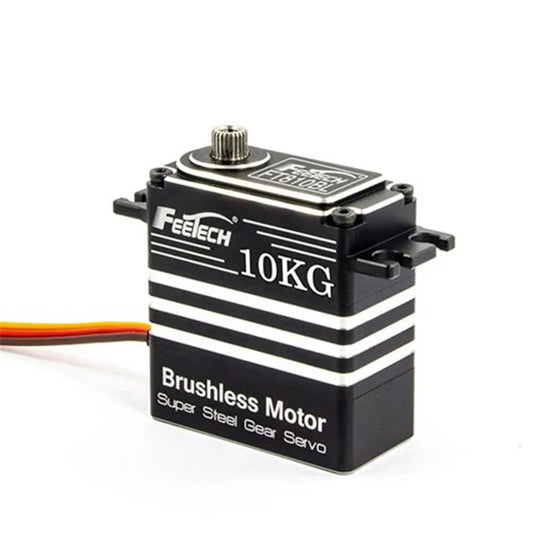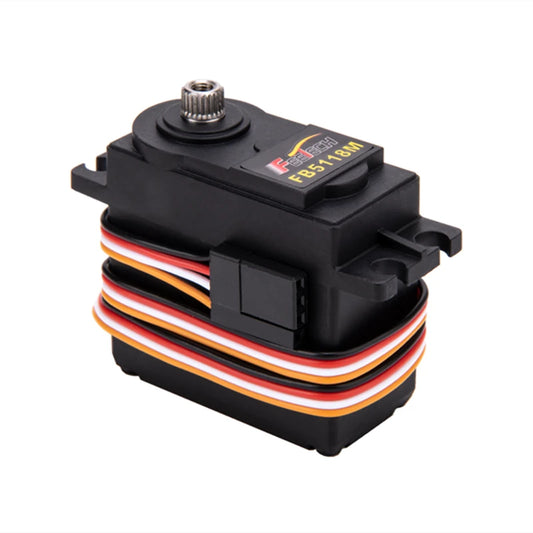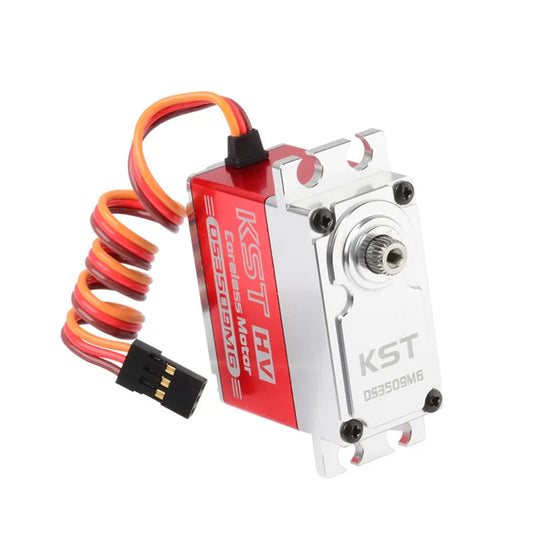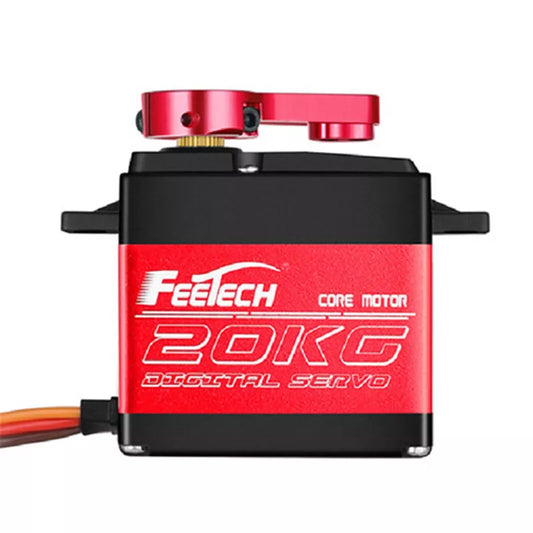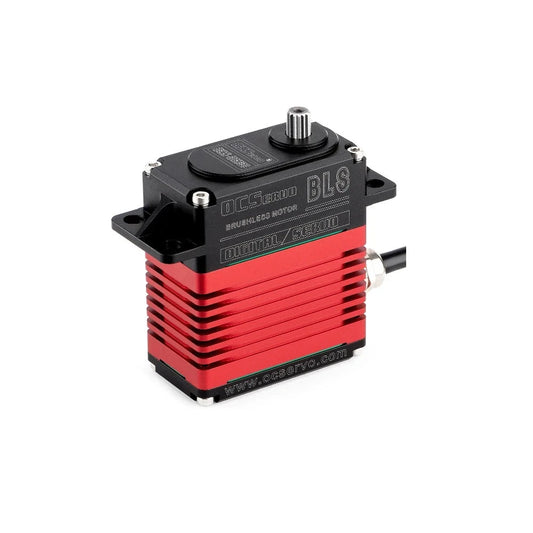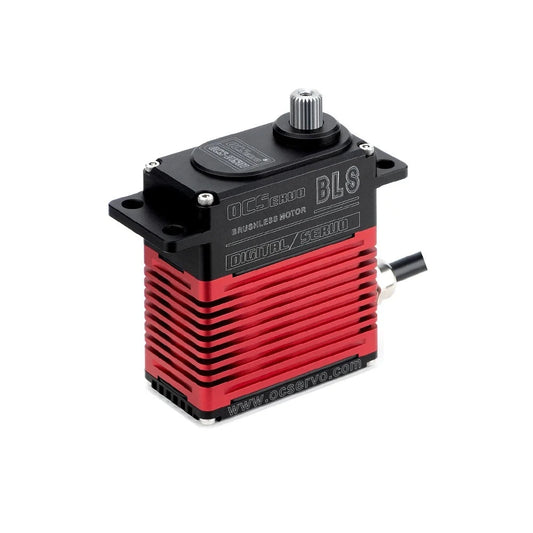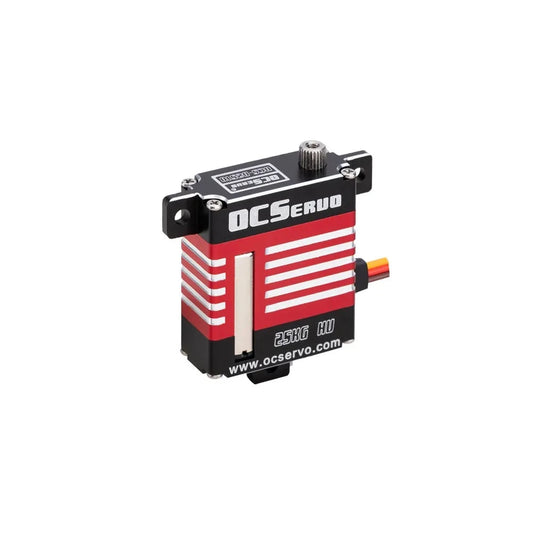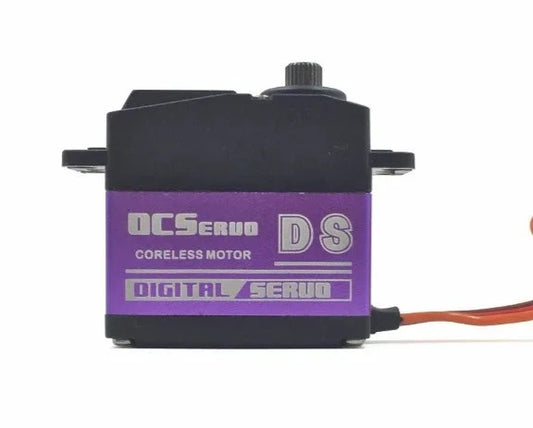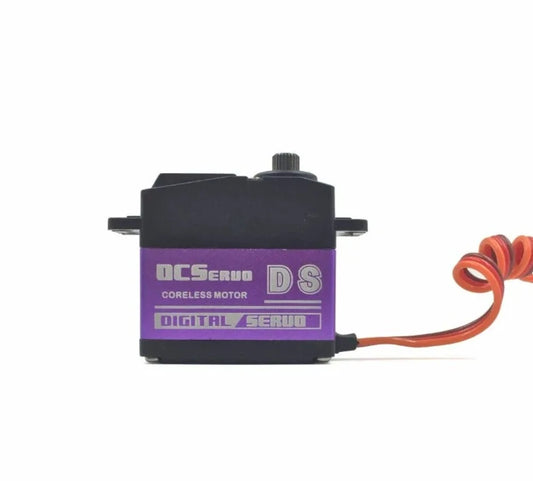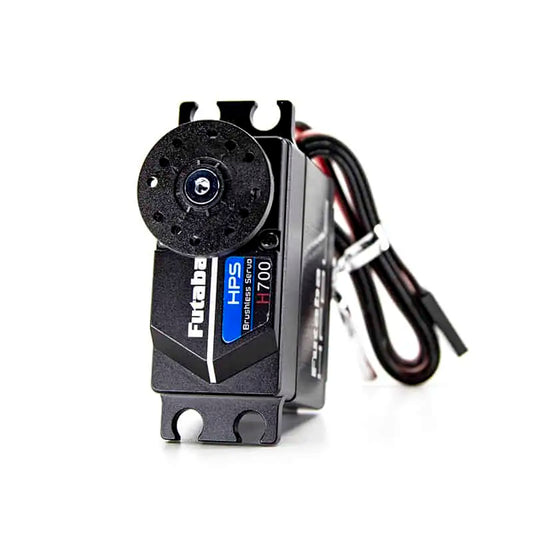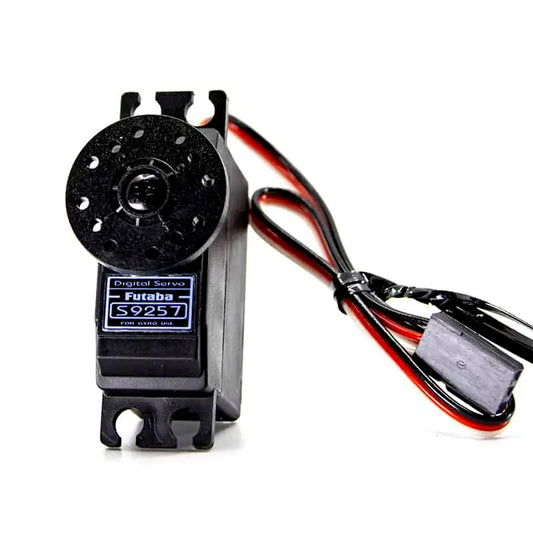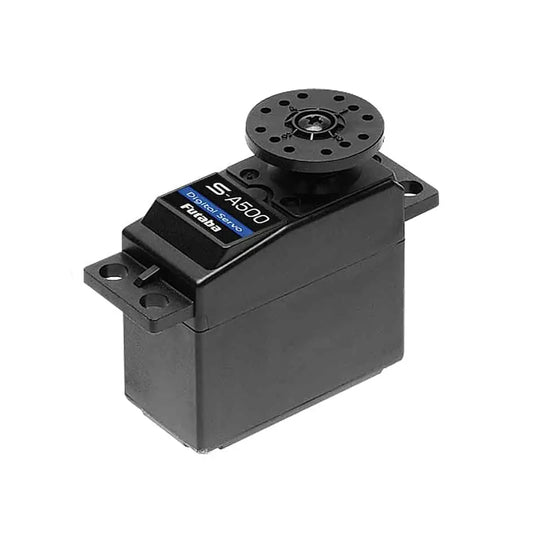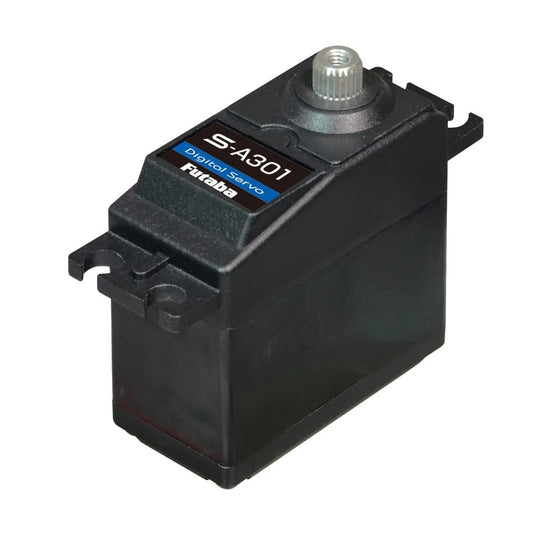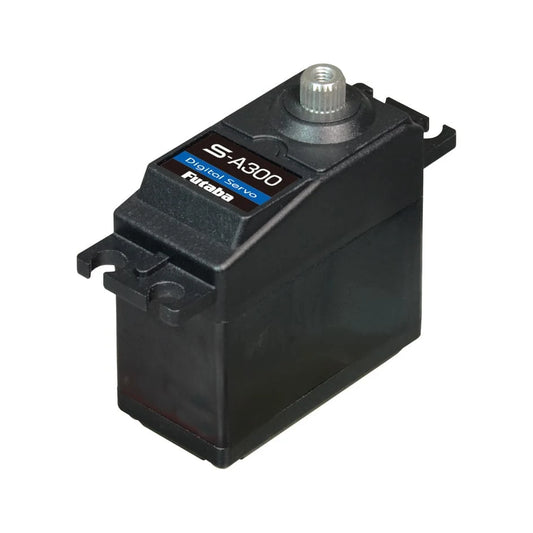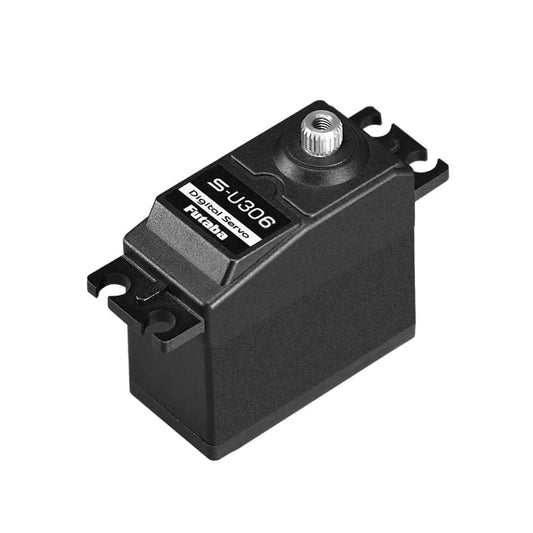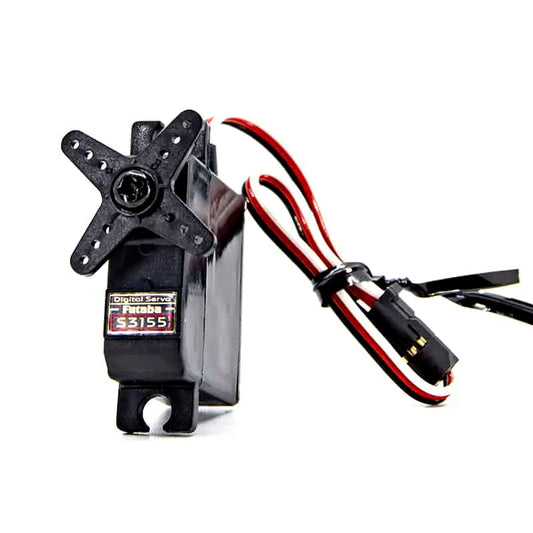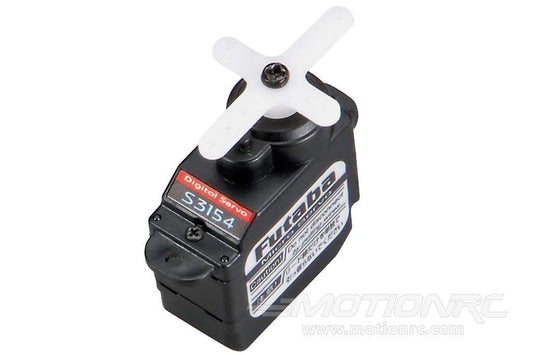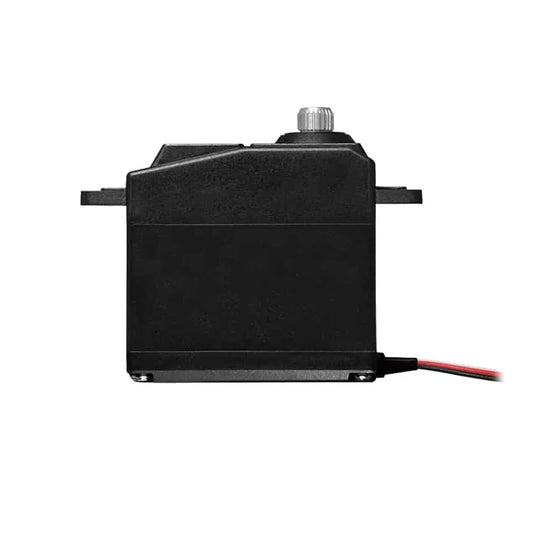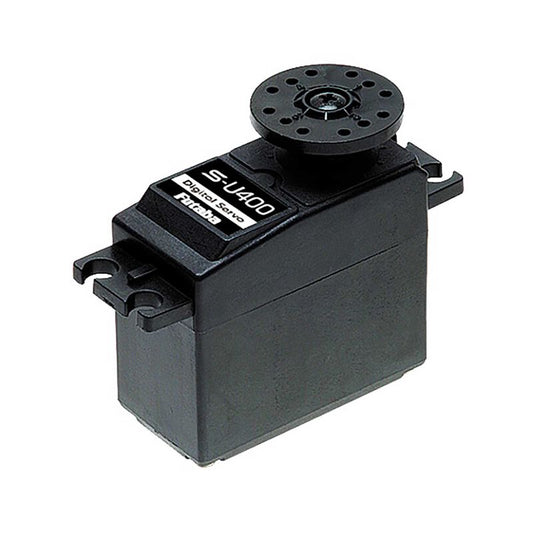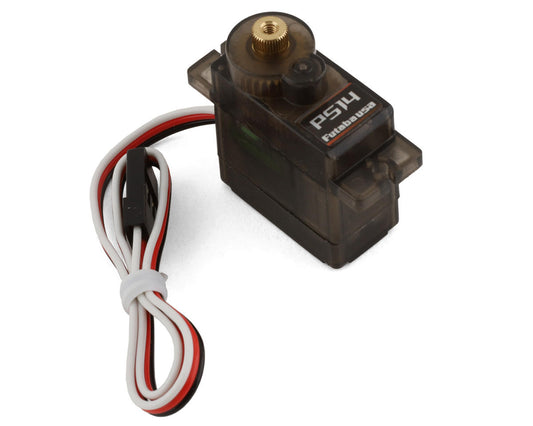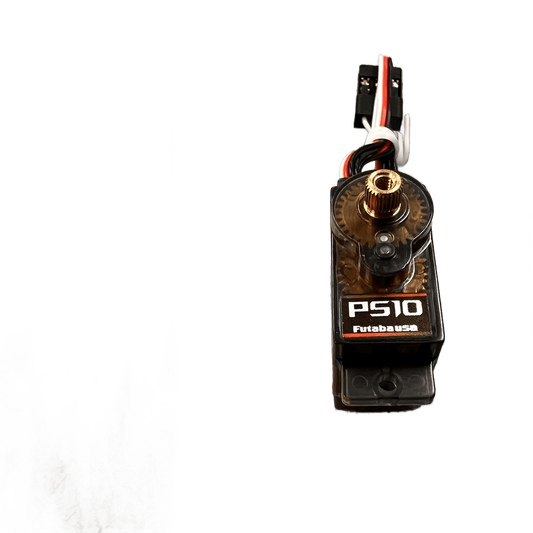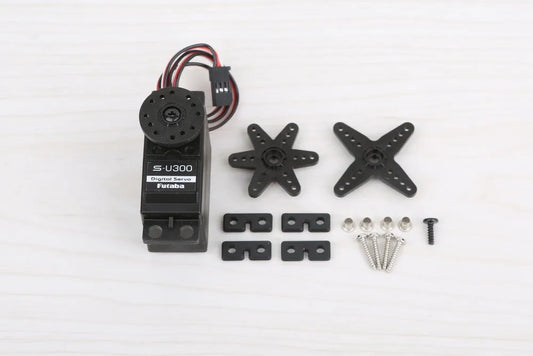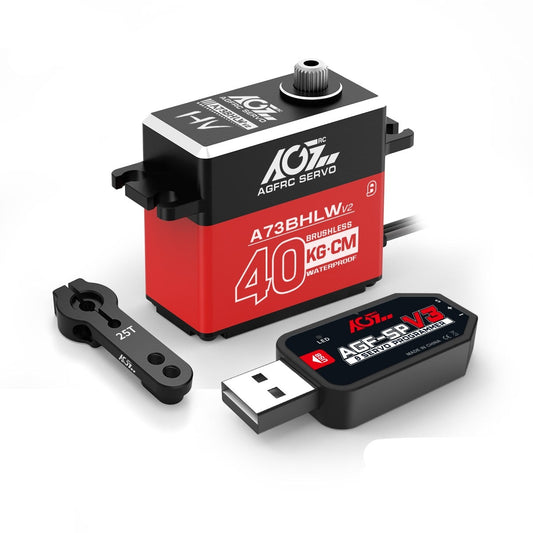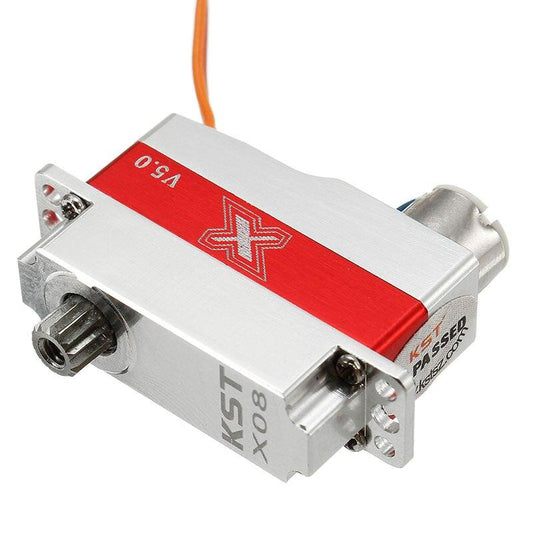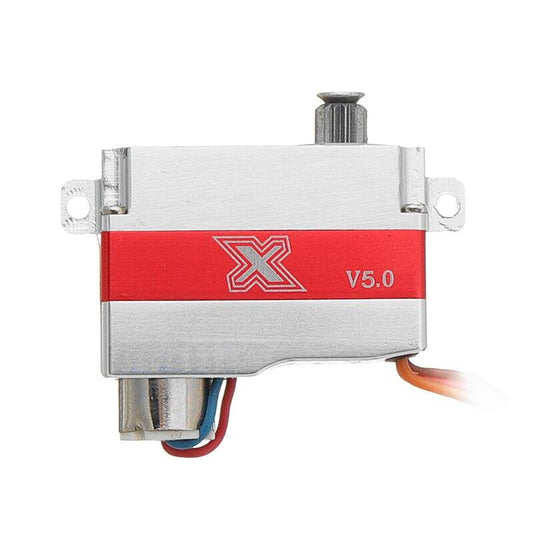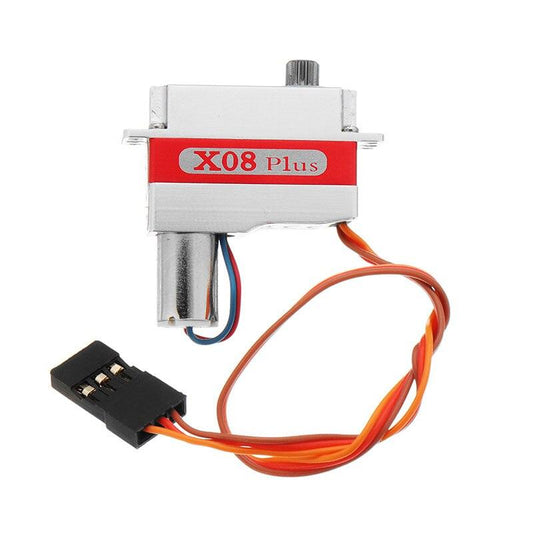-
JXServo WP5318HV - 18kg Full Waterproof Metal Gear Digital Servo For Rc Racing Drone / Robot / Speed Racing Car Accessories
Regular price From $27.00 USDRegular priceUnit price per -
JX PDI-HV5523MG - 23KG 6.0V - 8.4V High Precision Metal Gear Digital HV Standard Servo for rc car airplane Helicopter parts
Regular price $19.69 USDRegular priceUnit price per -
Feetech FT6325M - Waterproof 180 Degree 25KG Large Torque 25T Arm full metal gear Digital RC Servo for RC Car Crawler SCX10 TRX4 Parts
Regular price $22.75 USDRegular priceUnit price per -
4PCS Feetech FT90R - 6V 1.5kg.cm PWM 360 Degree Continuous Rotation Digital Servo for Arduino Smart Car Robot RC Drone
Regular price From $10.59 USDRegular priceUnit price per -
JX PDI-2506MG Servo - 4.8V 5.3KG 6V 6.6KG 25g Metal Gear Digital Coreless Servo Motor for RC 450 500 Helicopter Fixed-wing Airplane Parts
Regular price From $23.23 USDRegular priceUnit price per -
KINGMAX RGD01L - 7.4V 15kg.cm DC 0.10sec 52g Full Waterproof digital metal gears low profile servo for flat running drift rc car
Regular price $24.93 USDRegular priceUnit price per -
JX 8kg 21kg 20kg 36kg 46kg 60kg 73kg Brushless Digital High Voltage speed Metal Gear Servo with 25T Arm Horn For 1/10 RC car
Regular price From $16.24 USDRegular priceUnit price per -
Feetech FT810BL - 7.4V 10kg 180 degree High Torque Full metal shell steel gear PWM Digital brushless servo for rc cars
Regular price $50.95 USDRegular priceUnit price per -
FEETECH FB5118M - 7.4V 17kg.cm Digital Servo With feedback For RC Car Helicopter Model Diy toys
Regular price From $25.01 USDRegular priceUnit price per -
KST DS3509MG - 35kg 8.4V HV Digital Servo CNC Coreless motor Metal Gear 25T Large Torque For 30cc 120 Class RC Airplane Boat Car
Regular price $115.17 USDRegular priceUnit price per -
Feetech FT5320 - 20KG 180° Waterproof high torque Coreless motor Digital RC Servo high speed metal gear baja servo for Robotic DIY RC car
Regular price $17.48 USDRegular priceUnit price per -
OCServo OCS-D1301 - 130KG.CM @16.8V 411g CNC Digital Brushless ROBOT Servo High Torque Servo Steel Gear UAV Metal horn
Regular price $195.99 USDRegular priceUnit price per -
OCServo OCS-D1601 - 160KG.CM @16.8V 452g CNC Digital Brushless ROBOT Servo High Torque Servo Steel Gear UAV Metal horn
Regular price $231.16 USDRegular priceUnit price per -
OCServo OCS-D2510 - 8.4V 22kg.cm 0.10S/60° Digital Mirco Servo High Vottage High Torque Coreless Wing Servo
Regular price From $44.91 USDRegular priceUnit price per -
OCServo OCS-D1001 - 100kg.cm@12V 188g CNC Digital Brushless Servo High torque Steel Gear UAV Metal Horn
Regular price $125.04 USDRegular priceUnit price per -
OCServo OCS-D151 - 15.8kg.cm@7.2V 0.12s/60 57.5g Metal Gear Digital Servo Coreless Motor
Regular price $27.71 USDRegular priceUnit price per -
OCServo OCS-D251 - 25kg.cm@7.2V 57.5g 0.14s/60 Metal Gear Digital Servo Coreless Motor
Regular price $26.49 USDRegular priceUnit price per -
Futaba HPS-H700 S.Bus2 High-Voltage Standard Helicopter Digital Servo 41.0kgf/cm 44.0kgf/cm No BEC, S.Bus2/Brushless
Regular price $259.00 USDRegular priceUnit price per -
Futaba S9257 Digital Helicopter Tail Rotor Servo 2.0kgf/cm
Regular price $80.00 USDRegular priceUnit price per -
Futaba S-A501 S.Bus2 Coreless Digital Airplane Servo
Regular price $175.00 USDRegular priceUnit price per -
Futaba S-A500 S.Bus2 Coreless Digital Airplane Servo
Regular price $175.00 USDRegular priceUnit price per -
Futaba S-A301 S.Bus2 Coreless Digital Airplane Servo
Regular price $95.00 USDRegular priceUnit price per -
Futaba S-A300 S.Bus2 Coreless Digital Airplane Servo
Regular price $95.00 USDRegular priceUnit price per -
Futaba S-U306 Standard Digital Airplane/Car Servo
Regular price $65.00 USDRegular priceUnit price per -
Futaba S3155 Digital Mini Airplane Servo
Regular price $65.00 USDRegular priceUnit price per -
Futaba S3154 Micro Digital Air Servo 1.5kg/cm 1.7kg/cm
Regular price $79.00 USDRegular priceUnit price per -
Futaba S-U305 Standard Digital Airplane/Car Servo 7.1kgf/cm 8.9kgf/cm
Regular price $75.00 USDRegular priceUnit price per -
FUTABA S-U400 High Voltage Digital Power Servo S.BUS2 Standard Size 7.9kg
Regular price $60.00 USDRegular priceUnit price per -
Futaba PS-14 – 2.0kgf.cm Micro Digital Air Servo
Regular price $60.00 USDRegular priceUnit price per -
Futaba PS-10 Micro Digital Air Servo 1.2kgf.cm
Regular price $50.00 USDRegular priceUnit price per -
Futaba S-U301 Universal Servo - Standard Digital and S.Bus2 Capable Airplane Servo
Regular price $50.00 USDRegular priceUnit price per -
Futaba S-u300 Universal Standard Digital Servo - Support S.bus2 3003 3001 Upgrad 0.19s / 4.5kg
Regular price $17.24 USDRegular priceUnit price per -
AGFRC A73BHLW V2 Servo - HV 40KG High Torque Brushless Waterproof Digital Standard Servo For 1/10 RC Rock Crawler Buggy Car Boat Truck
Regular price From $64.77 USDRegular priceUnit price per -
KST X08 V5.0 Metal Gear 2.7kg.cm@7.4V 9g Digital Wing Coreless Servo for RC Model Operation Voltage 3.8-8.4V
Regular price $75.20 USDRegular priceUnit price per -
KST X08H V5.0 Metal Gear 2.7kg.cm@7.4V 9g Digital Wing Coreless Servo for RC Model Operation Voltage 3.8-8.4V
Regular price $69.86 USDRegular priceUnit price per -
KST X08 Plus Metal Gear 4.8kg.cm@7.4V 9g Digital Wing Coreless Servo for RC Model Operation Voltage 3.8-8.4V
Regular price $77.68 USDRegular priceUnit price per


